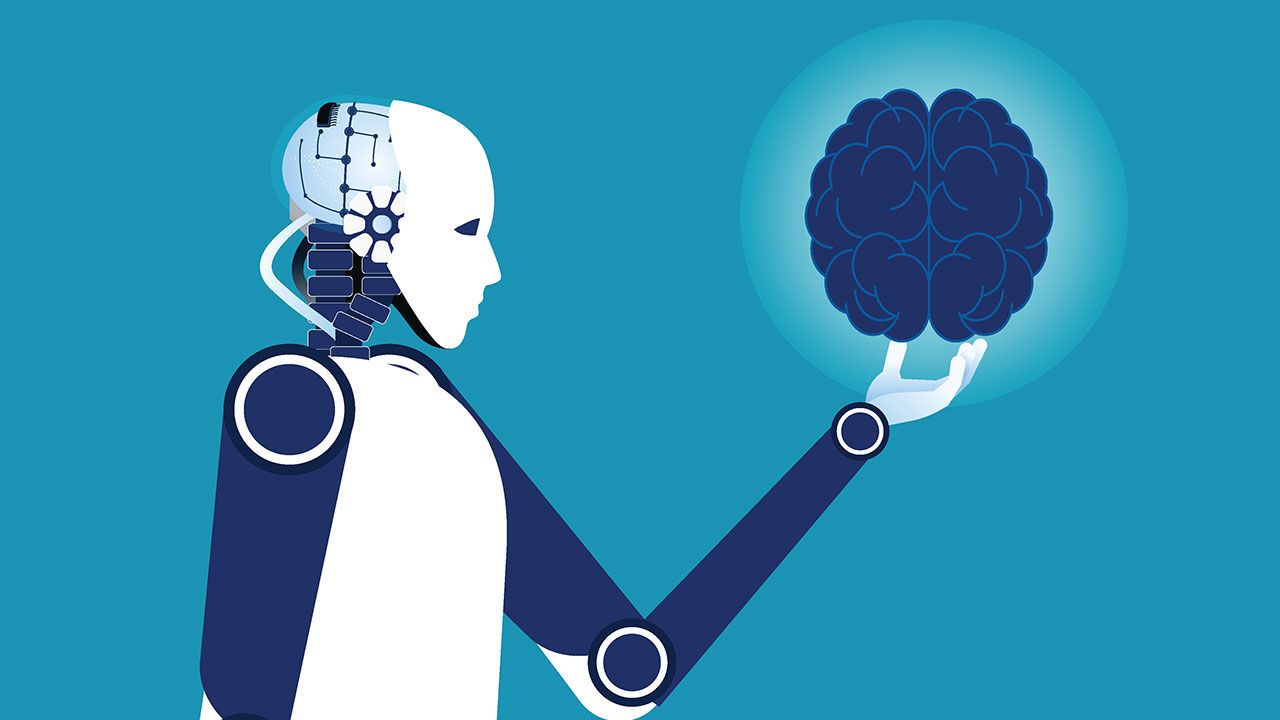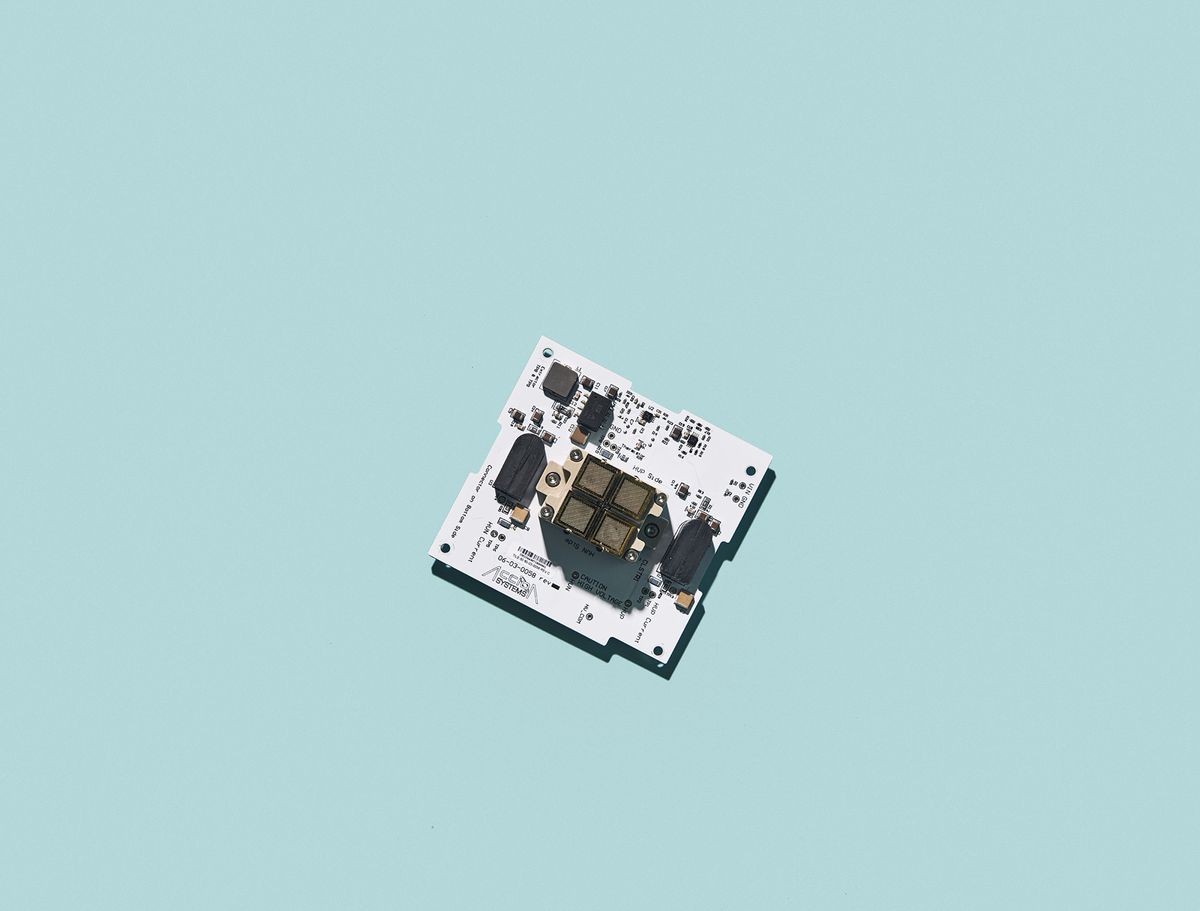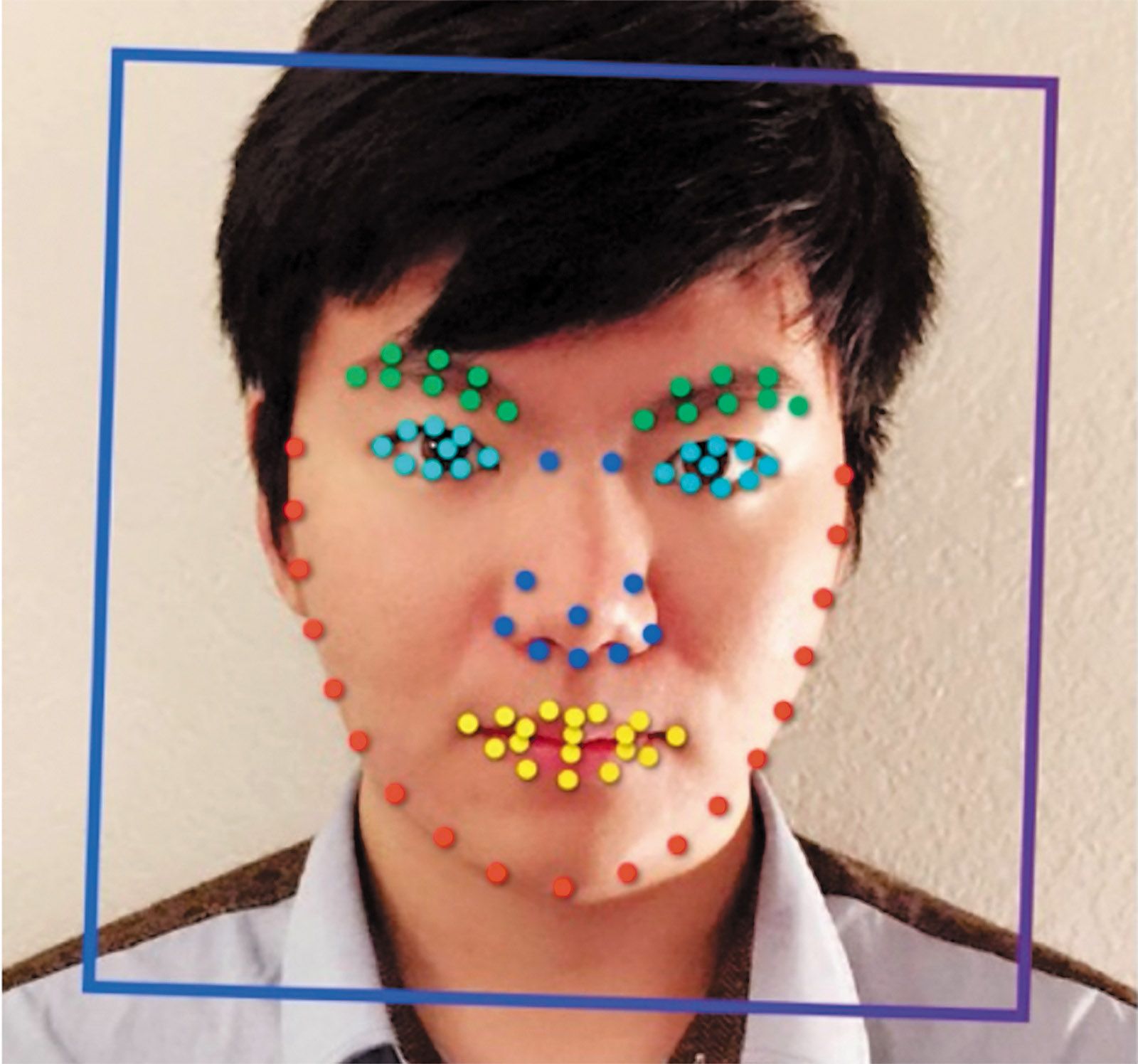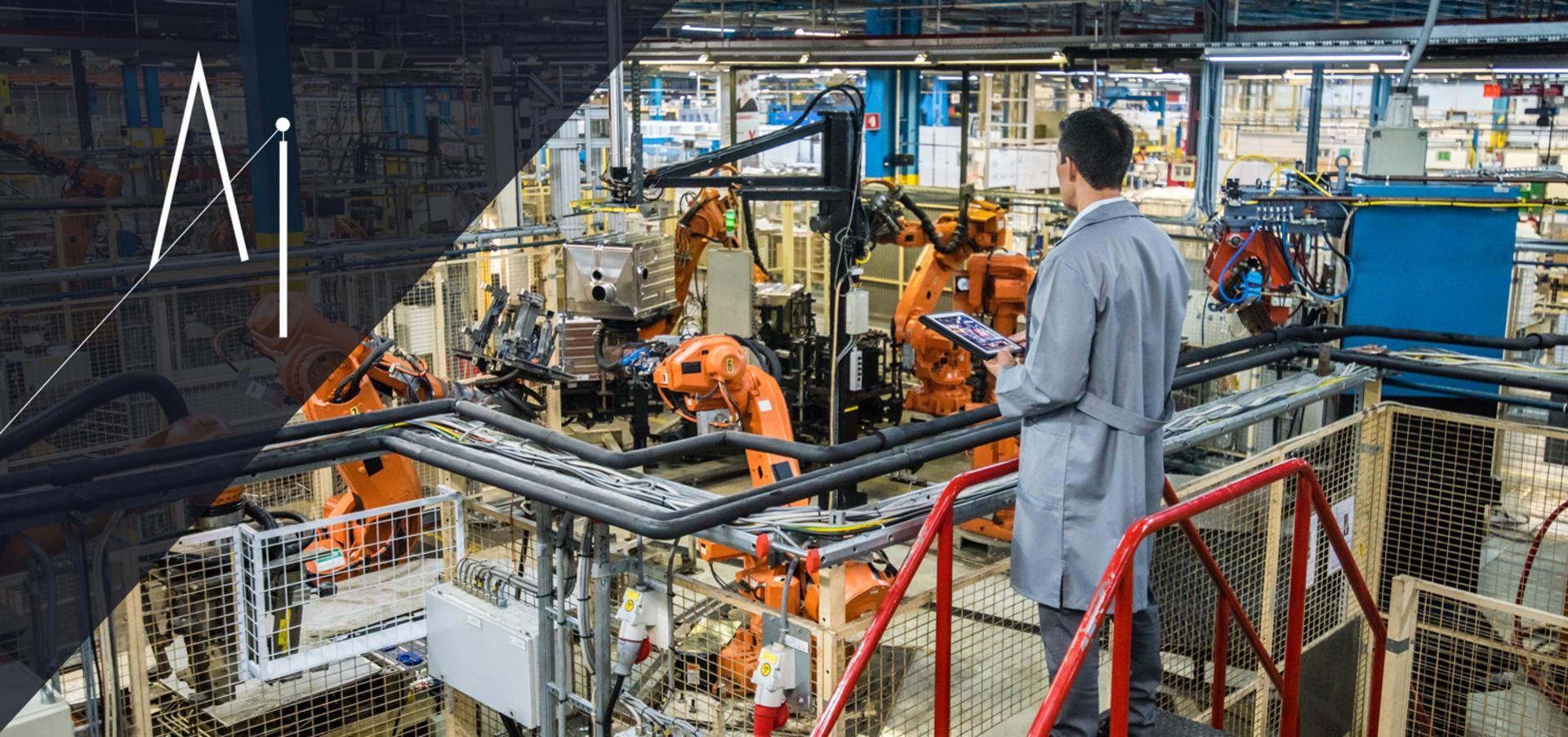Algorithms achieve a machine theory of mind.



But the great potential of artificial intelligence shall become fully clear when considering its possible applications to drug discovery. It seems an era ago since the Human Genome Project was completed in 2003; since then, sequencing capabilities and softwares for data analysis rapidly established themselves as the new paradigm for drug discovery thanks to the increasing availability of IT technologies and the institutional and governmental support to big data analytics’ policies.
The exponential growth of the market
The annual growth rate of the market of artificial intelligence for healthcare applications has been recently estimated by Global Market Insights to be 40% CAGR (Compounded Average Growth Rate) per year up to 2024, starting from a value on $ 750 million in 2016.

For as long as she can remember, she’s puzzled over what’s out there. As a kid drifting off to sleep on a trampoline outside her family’s home near Portland, Ore., she would track the International Space Station. She remembers cobbling together a preteen version of the Drake Equation on those nights and realizing that the likelihood of intelligent alien life was something greater than zero. Star Trek marathons with her father catalyzed her cosmic thinking, as did her mother’s unexpected death when Bailey was 8. The house lost some of its order—some of its gravity—which led to more nights gazing skyward on the trampoline.
In college, Bailey got a hard-won paid internship at the now-merged aerospace giant Hamilton Sundstrand and joined a team repairing turbine engines. She hated it. “It was the opposite of pushing the envelope,” she says. “Nothing new ever went into that building. Nothing new ever left that building.”
By the time she set off to get a master’s degree in mechanical engineering at Duke University, the idea of logging 30 years at a place like Boeing Cor NASA had lost all appeal. She tried her hand at finance and later law, and was unlucky enough to excel at both. “I made it pretty far down that path, but then I thought, Wait, if I become a lawyer, then I’m a lawyer and that’s what I do,” she recalls. “What if I don’t want to do that on Tuesdays?”

https://arxiv.org/ftp/arxiv/papers/1807/1807.03440.pdf
Developing brain atlas using deep learning algorithms
https://techxplore.com/news/2018-07-brain-atlas-deep-algorithms.html

About the future death of explainability to understand AI thinking, the writing is on the wall…
These divergent approaches, one regulatory, the other deregulatory, follow the same pattern as antitrust enforcement, which faded in Washington and began flourishing in Brussels during the George W. Bush administration. But there is a convincing case that when it comes to overseeing the use and abuse of algorithms, neither the European nor the American approach has much to offer. Automated decision-making has revolutionized many sectors of the economy and it brings real gains to society. It also threatens privacy, autonomy, democratic practice, and ideals of social equality in ways we are only beginning to appreciate.
At the simplest level, an algorithm is a sequence of steps for solving a problem. The instructions for using a coffeemaker are an algorithm for converting inputs (grounds, filter, water) into an output (coffee). When people say they’re worried about the power of algorithms, however, they’re talking about the application of sophisticated, often opaque, software programs to enormous data sets. These programs employ advanced statistical methods and machine-learning techniques to pick out patterns and correlations, which they use to make predictions. The most advanced among them, including a subclass of machine-learning algorithms called “deep neural networks,” can infer complex, nonlinear relationships that they weren’t specifically programmed to find.
Predictive algorithms are increasingly central to our lives. They determine everything from what ads we see on the Internet, to whether we are flagged for increased security screening at the airport, to our medical diagnoses and credit scores. They lie behind two of the most powerful products of the digital information age: Google Search and Facebook’s Newsfeed. In many respects, machine-learning algorithms are a boon to humanity; they can map epidemics, reduce energy consumption, perform speech recognition, and predict what shows you might like on Netflix. In other respects, they are troubling. Facebook uses AI algorithms to discern the mental and emotional states of its users. While Mark Zuckerberg emphasizes the application of this technique to suicide prevention, opportunities for optimizing advertising may provide the stronger commercial incentive.

Interesting article on the limited future of human paid employment for AI, some thoughts.
By Paul R. Daugherty and H. James Wilson
Superman versus Batman. Captain America versus Iron Man. Zuckerberg versus Musk?
The reported clash between the two technology titans is proof that not everyone sees the benefits and dangers of artificial intelligence in the same light. Yet from Facebook’s algorithms to Tesla’s self-driving cars, it’s clear that AI isn’t science fiction any longer—and that we’re already at the cusp of a new era, with AI poised to deliver transformational change in business and society.
Learning algorithms which improve how they learn, computers which define their own objectives and then do it, robots which learn from us like children do, its all not far off now.
Panelists:
Professor juergen schmidhuber director & professor, the swiss AI lab IDSIA – USI & SUPSI
Get Started at https://directory.cognitionx.com/
—————————————————————————————————————

A glimpse at the coming AI researchers. (AI’s that do research).
A new type of artificial-intelligence-driven chemistry could revolutionise the way molecules are discovered, scientists claim.
In a new paper published today in the journal Nature, chemists from the University of Glasgow discuss how they have trained an artificially-intelligent organic chemical synthesis robot to automatically explore a very large number of chemical reactions.
Their ‘self-driving’ system, underpinned by machine learning algorithms, can find new reactions and molecules, allowing a digital-chemical data-driven approach to locating new molecules of interest, rather than being confined to a known database and the normal rules of organic synthesis.
While scientists have been learning more and more about our solar system and the way things work, many of our Sun’s mechanics still remain a mystery. In advance of the launch of the Parker Solar Probe, which will make contact with the Sun’s outer atmosphere, however, scientists are foreshadowing what the spacecraft might see with new discoveries. In a paper published this week in The Astrophysical Journal, scientists detected structures within the Sun’s corona, thanks to advanced image processing techniques and algorithms.
The question that this group of scientists, led by Craig DeForest from the Southwest Research Institute’s branch in Boulder, Colorado, was trying to answer was in regard to the source of solar wind. “In deep space, the solar wind is turbulent and gusty,” said DeForest in a release. “But how did it get that way? Did it leave the Sun smooth, and become turbulent as it crossed the solar system, or are the gusts telling us about the Sun itself?”

Researchers have shown that it is possible to train artificial neural networks directly on an optical chip. The significant breakthrough demonstrates that an optical circuit can perform a critical function of an electronics-based artificial neural network and could lead to less expensive, faster and more energy efficient ways to perform complex tasks such as speech or image recognition.
“Using an optical chip to perform neural network computations more efficiently than is possible with digital computers could allow more complex problems to be solved,” said research team leader Shanhui Fan of Stanford University. “This would enhance the capability of artificial neural networks to perform tasks required for self-driving cars or to formulate an appropriate response to a spoken question, for example. It could also improve our lives in ways we can’t imagine now.”
An artificial neural network is a type of artificial intelligence that uses connected units to process information in a manner similar to the way the brain processes information. Using these networks to perform a complex task, for instance voice recognition, requires the critical step of training the algorithms to categorize inputs, such as different words.